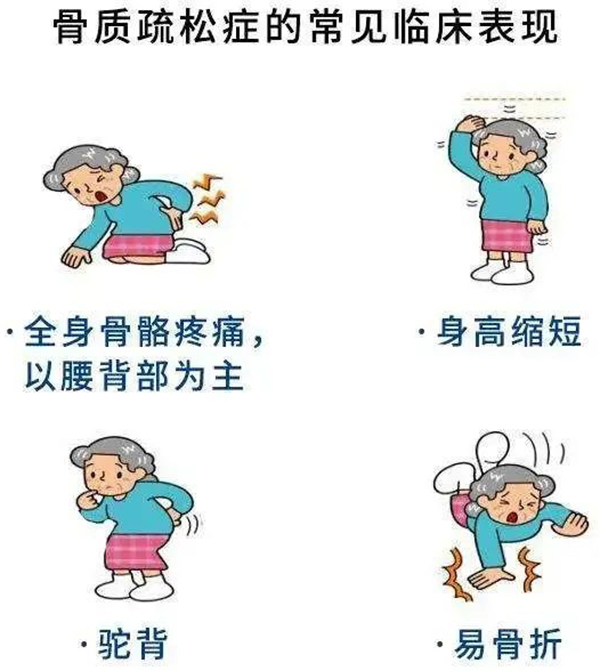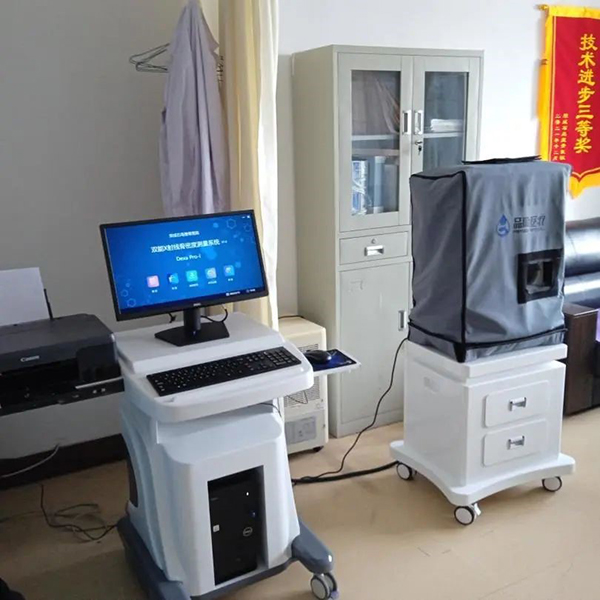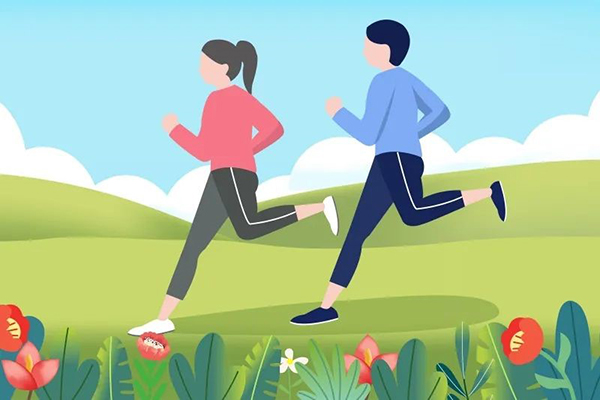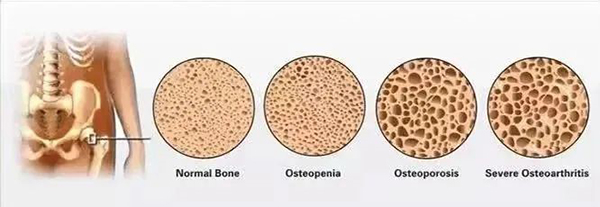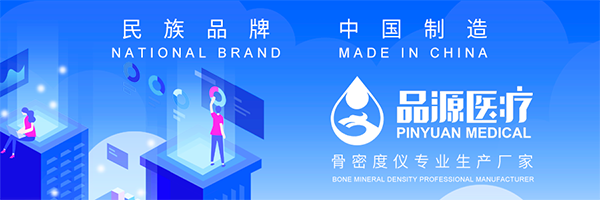 As soon as the beginning of winter season passes, the temperature drops sharply, making it easy for people to freeze and fall. A young person may only experience a slight pain when falling, while an elderly person may suffer from a bone fracture if not careful. What should we do? Besides being careful, the key is to reduce exposure to sunlight in winter and lack vitamin D in the body, which can easily lead to osteoporosis and severe fractures.
As soon as the beginning of winter season passes, the temperature drops sharply, making it easy for people to freeze and fall. A young person may only experience a slight pain when falling, while an elderly person may suffer from a bone fracture if not careful. What should we do? Besides being careful, the key is to reduce exposure to sunlight in winter and lack vitamin D in the body, which can easily lead to osteoporosis and severe fractures.
Osteoporosis is a metabolic disease characterized by low bone mass and destruction of bone tissue microstructure, which leads to increased bone fragility and is prone to fracture. This disease can be found at all ages, but it is common in the elderly, especially in postmenopausal women. OP is a clinical syndrome, and its incidence rate is the highest among all metabolic bone diseases.
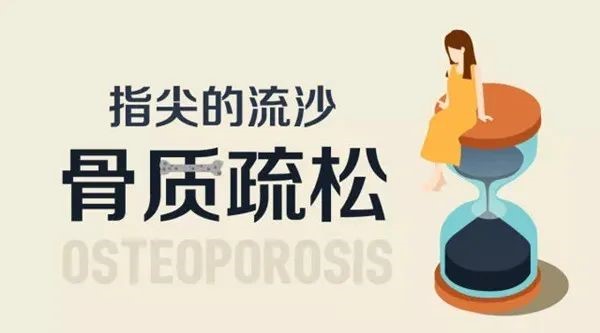 1-minute self-examination of osteoporosis risk
1-minute self-examination of osteoporosis risk
By answering the 1-minute osteoporosis risk test question from the International Osteoporosis Foundation, one can quickly determine whether they are at risk of osteoporosis.
1. Parents have been diagnosed with osteoporosis or have experienced fractures after a light fall
2. One of the parents has a hunchback
3. Actual age over 40 years old
4. Did you experience a fracture due to a light fall in adulthood
5. Do you often fall (more than once last year) or are you worried about falling due to weak health
Does the height decrease by more than 3 centimeters after the age of 6.40
7. Is the body mass too light (body mass index value less than 19)
8. Have you ever taken steroids such as cortisol and prednisone for more than 3 consecutive months (cortisol is often used to treat asthma, rheumatoid arthritis, and certain inflammatory diseases)
9. Does it suffer from rheumatoid arthritis
10. Is there any gastrointestinal disease or malnutrition such as hyperthyroidism or parathyroidism, type 1 diabetes, Crohn’s disease or celiac disease diagnosed
11. Did you stop menstruating at or before the age of 45
12. Have you ever stopped menstruating for more than 12 months, except for pregnancy, menopause, or hysterectomy
13. Have you had your ovaries removed before the age of 50 without taking estrogen/progesterone supplements
14. Do you regularly drink a large amount of alcohol (drinking more than two units of ethanol per day, equivalent to 570ml of beer, 240ml of wine, or 60ml of spirits)
15. Currently accustomed to smoking or having smoked before
16. Exercise less than 30 minutes per day (including household chores, walking, and running)
17. Is it not possible to consume dairy products and have not taken calcium tablets
18. Have you been engaged in outdoor activities for less than 10 minutes every day and have you not taken vitamin D
If the answer to one of the above questions is “yes”, it is considered positive, indicating the risk of osteoporosis. It is recommended to undergo bone density testing or evaluate the risk of fractures.
Bone density testing is suitable for the following population
Bone density testing doesn’t need to be done by everyone. Compare the self-test options below to see if you need to undergo bone density testing.
1. Women aged 65 and above and men aged 70 and above, regardless of other risk factors for osteoporosis.
2. Women under 65 years old and men under 70 years old have one or more risk factors for osteoporosis:
Those who experience fractures due to minor collisions or falls
Adults with low levels of sex hormones caused by various reasons
Individuals with bone metabolism disorders or a history of using drugs that affect bone metabolism
Patients who receive or plan to receive long-term treatment with glucocorticoids
■ Slim and petite individuals
■ Long term bedridden patients
■ Long term diarrhea patients
■ The answer to the 1-minute risk test for osteoporosis is positive
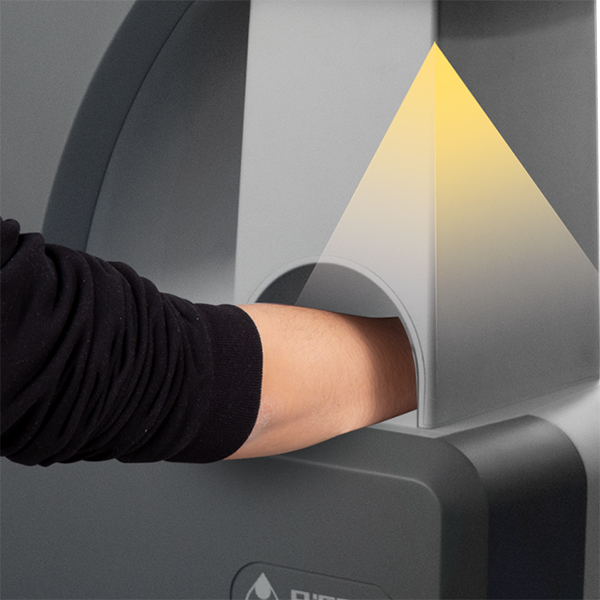 How to prevent osteoporosis in winter
How to prevent osteoporosis in winter
Many people know that winter is a disease that is very prone to osteoporosis. And this season, the temperature is relatively cold, and after getting sick, it brings more trouble to patients. So how can we prevent osteoporosis in winter?
Reasonable diet:
Adequate intake of calcium rich foods, such as dairy products, seafood, etc. The intake of protein and vitamins should also be ensured.
Appropriate exercise can increase and maintain bone mass, and enhance the coordination and adaptability of the elderly’s body and limbs, reducing the occurrence of accidents. Pay attention to preventing falls and reducing the occurrence of fractures during activities and exercise.
Adhere to a healthy lifestyle:
Not fond of smoking and drinking; Drink less coffee, strong tea, and carbonated drinks; Low salt and low sugar.
Patients who supplement calcium supplements and vitamin D should pay attention to increasing water intake when taking calcium supplements to increase urine output. It is best to take it externally during meal times and on an empty stomach for the best effect. At the same time, when taking vitamin D, it should not be taken together with green leafy vegetables to avoid affecting calcium absorption. In addition, take oral medication according to medical advice and learn to self monitor adverse reactions to medication. Patients treated with hormone therapy should undergo regular examinations to detect potential adverse reactions early and ultimately.
Osteoporosis is not exclusive to the elderly
According to a survey, the number of osteoporosis patients aged 40 and above in China has exceeded 100 million. Osteoporosis is not exclusive to the elderly. Age is only one of the risk factors for osteoporosis listed by the International Osteoporosis Foundation. These risk factors include:
1. Age. Bone mass gradually decreases with age
2. Gender. After the decline of ovarian function in women, estrogen levels decrease, and slight bone loss can occur from the age of 30.
3. Insufficient intake of calcium and vitamin D. The deficiency of vitamin D directly leads to the occurrence of osteoporosis.
4. Bad lifestyle habits. Such as overeating, smoking, and alcohol abuse can cause damage to osteoblasts
5. Family genetic factors. There is a significant correlation between bone density among family members
So, don’t neglect your bone health just because you feel young. Calcium loss is inevitable after middle age. Adolescence is the golden time to prevent osteoporosis, and persistently supplementing can help increase the body’s total calcium reserve.
Professional manufacturer of bone density meters – Pinyuan Medical Warm reminder: Pay attention to bone health, take immediate action, and start no matter when.
Post time: Nov-29-2023

